By Kiko Martinez
At the DHR Health Neuroscience Institute in the Rio Grande Valley, a core group of nationally-recognized doctors have dedicated their lives to providing excellent neurologic care to their adult and pediatric patients, many of whom come to them with challenging the brain and nervous system disorders.
DHR, or Doctors Hospital at Renaissance, is the first Joint Commission Comprehensive Stroke Center in the region. It is also the leading multidisciplinary neuroscience group in the Rio Grande Valley and the premier center for minimally invasive neurosurgery and neuroendoscopy.
The doctors providing care at DHR Health Neuroscience Institute are Dr. Michael J. Burke, Pediatric and Adult Intracranial Neurosurgery; Dr. Sohum Desai, Medical Director of Neurosurgery; Dr. Zuka Khabbazeh, Medical Director of Neurology; Dr. Patrick Noonan, Comprehensive Stroke Medical Director; Dr. Juan Padilla, Chief of Neuroscience; and Dr. Achal Patel, Brain and Spine Neurosurgery.
- Juan Padilla, MD, Chief of Neuroscience, DHR Health
- Michael J. Burke, DVM, MS, MS, FAAP, FACS, Pediatric and Adult Intracranial Neurosurgery
- Sohum Desai, MD, Medical Director of Neurosurgery, DHR Health
“The mission and the vision of DHR is to become the premier center for providing care,” said Khabbazeh. “No matter how complicated or how ill the patients are, we want to provide services to those people, so they don’t have to travel out of the Valley.”
Some of the services the neurosurgeons and neurologists at DHR Health provide are neuroendovascular surgery (less invasive surgery for acute stroke intervention), neurological rehabilitation, neurosurgery, neuropsychology, stroke treatment, neuro-intensive care, and spine surgery.
DHR also conducts procedures such as Deep Brain Stimulation (DBS) where electrodes are implanted in certain areas of the brain and can affect certain cells and chemicals. DBS is a surgery for the treatment of Parkinson’s disease.
“It is a surgery that helps patients with Parkinson’s who suffer from the three cardinal symptoms—tremors, rigidity, and dyskinesia, which can be described as abnormal movements,” Desai said. “DBS can certainly help reduce the number of medications you take and can help with side effects with meds. It can help you live a long, normal life through long periods of the day.”
- Zuka Khabbazeh, MD, Medical Director of Neurology, DHR Health
- Achal Patel, MD, Brain and Spine Neurosurgery
- Patrick Noonan, MD, Comprehensive Stroke Medical Director, DHR Health
According to a comprehensive study by the World Health Organization (WHO) in 2006, up to one billion people worldwide are affected by some form of a neurological disorder – from epilepsy to Alzheimer’s disease to stroke and headaches. An estimated 6.8 million people die every year as a result of neurological disorders.
Like Khabbezeh, Padilla, too, would like to make neurological patients’ lives a lot easier by providing them the best care closer to home, so they don’t have to travel far to find the answers they seek about their health. “We prefer to bring experts down to the Valley to prevent people and their families from having the need to migrate north to receive the treatment we can give them here,” Padilla said.
Padilla got his start at DHS seven years ago. He explains “my colleagues and I see many types of patients at DHS, but we mostly see people with brain tumors and spine problems.”They also see people who have suffered from strokes. Although most of the surgeries DHR perform are elective, Padilla said they are seeing an increase in intracranial hemorrhages and trauma since DHR is a comprehensive stroke center.
“I enjoy seeing the improvement in patients’ condition and their faces full of joy once they are healed,” he said. “This is very fulfilling for me.”
Padilla remembers one specific patient, a woman named Thelma, who came to DHR with a malignant brain tumor. Although a patient with this kind of tumor only lives for about a year, Thelma fought hard and lived for five years. During this time, Padilla witnessed her praying for other patients who were sick when she was receiving care of herself. “This really touched my heart and taught me about the power of faith,” he said.
As a neurosurgeon at DHR, Patel thinks back to one of his patients who came to the Institution with a cervical fracture and severe neck pain with ankylosing spondylitis, a form of spinal arthritis. The patient underwent a major anterior and posterior cervical operation for the realignment of his spine and stabilization along with decompression of his spinal cord. “He recovered well and he is back to his normal activities without any symptoms,” Patel said. “He was very appreciative.”
For more information on DHR Health Neuroscience Institute, visit dhrhealth.com/services/neuroscience.

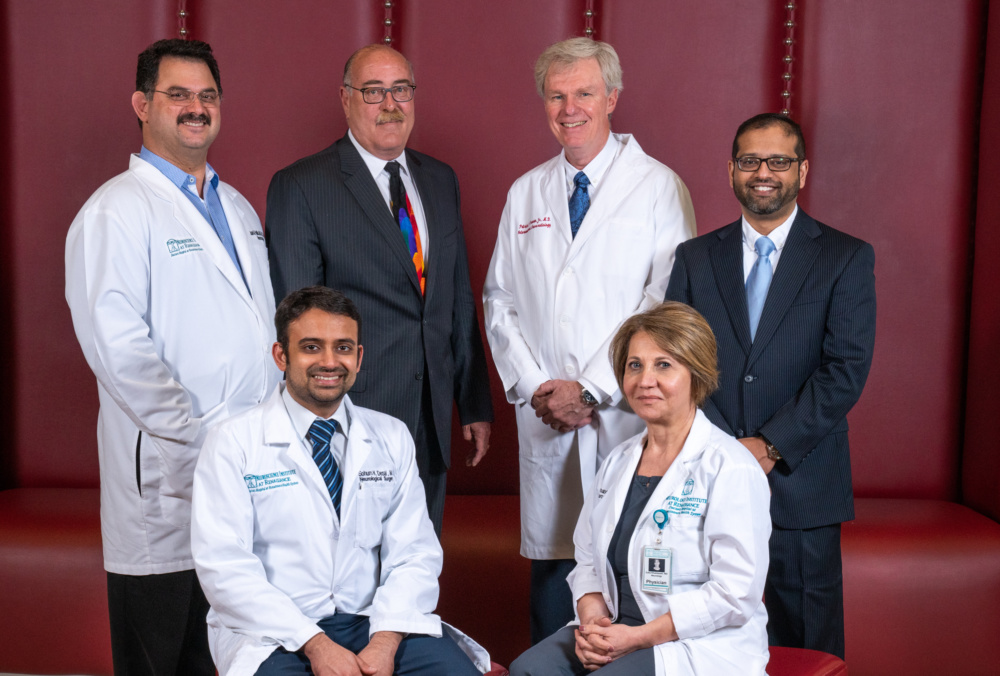
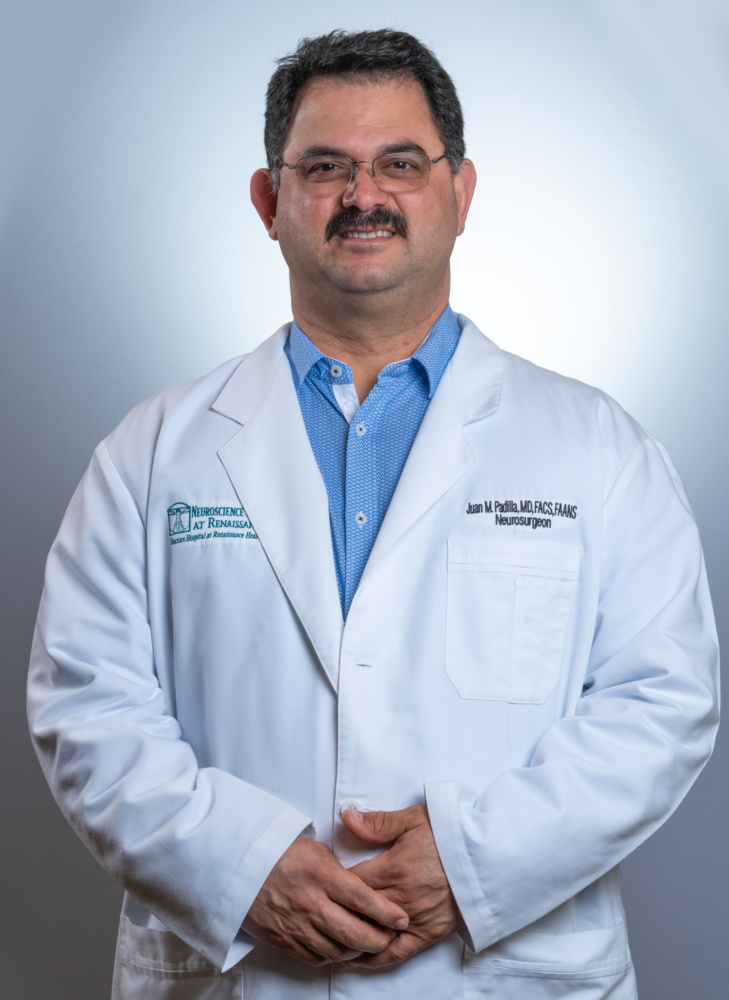
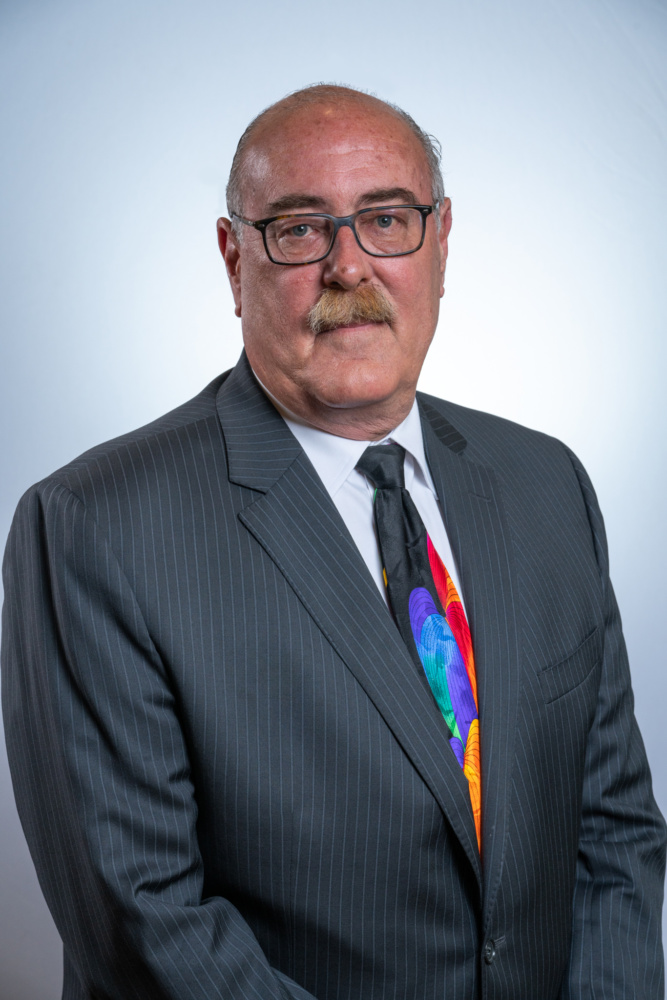
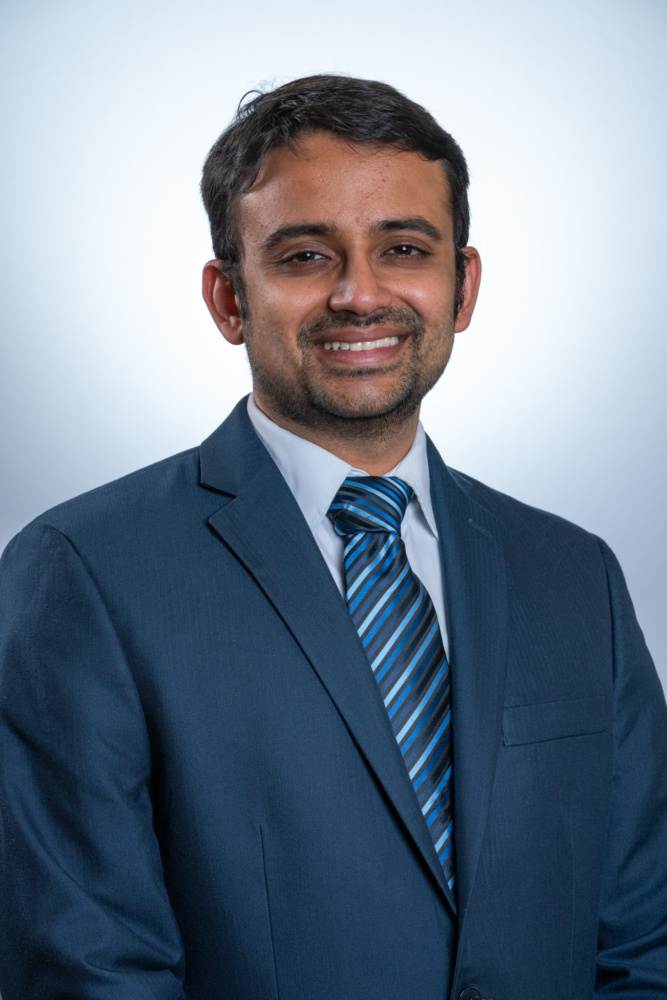
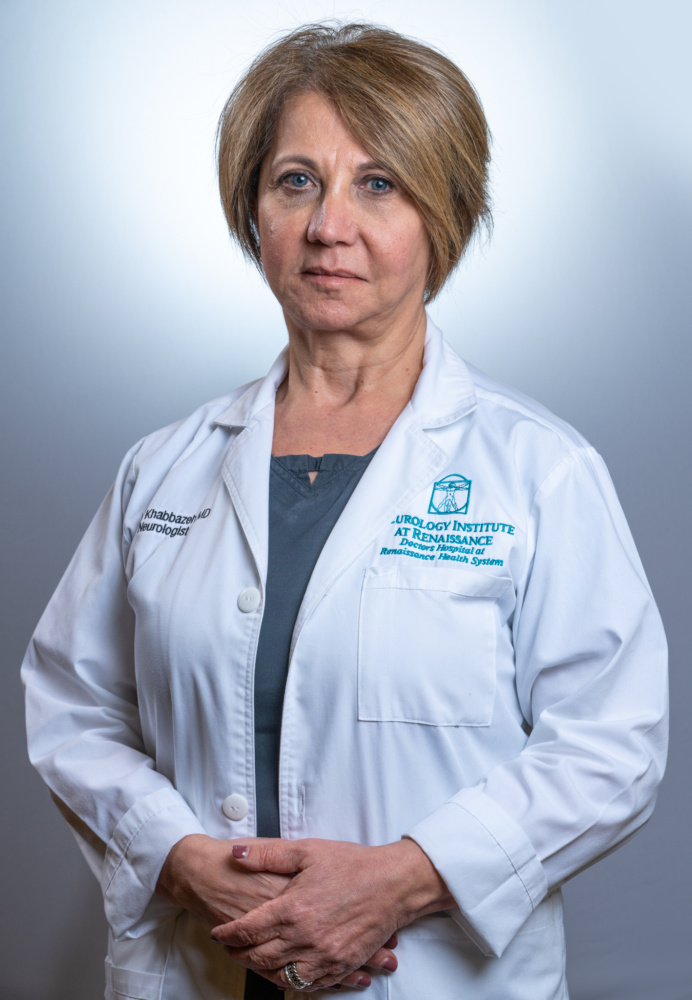
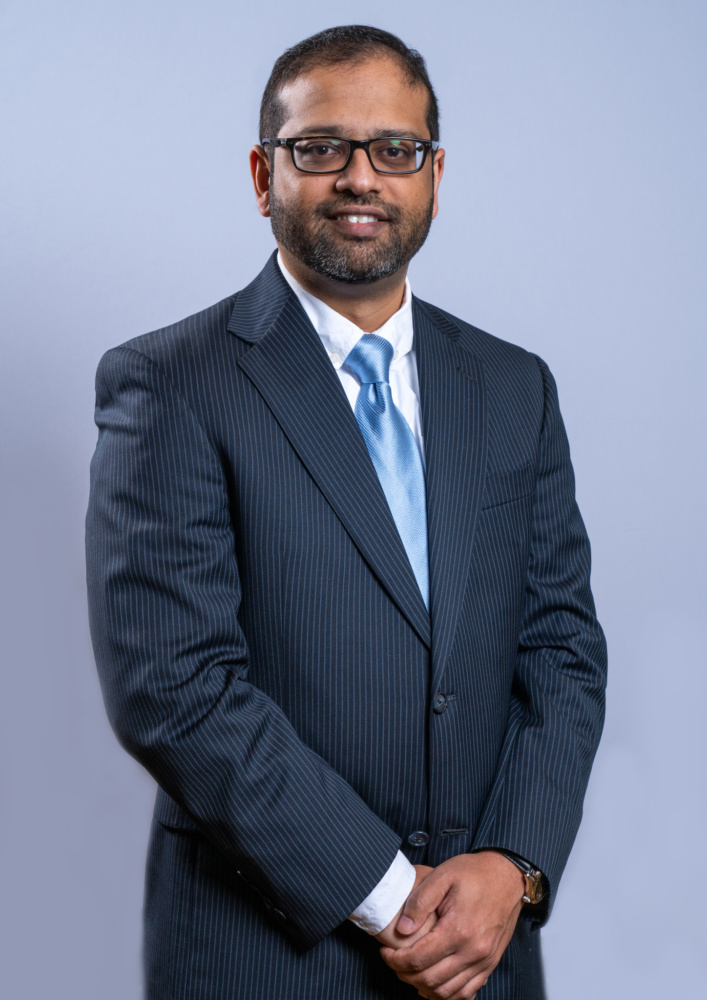
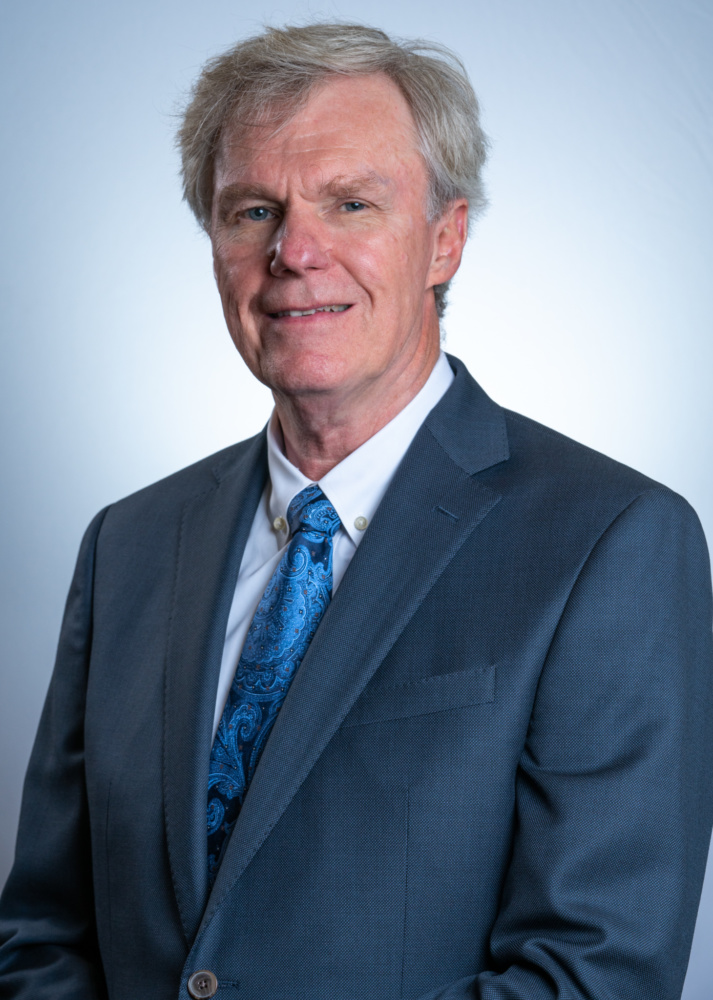



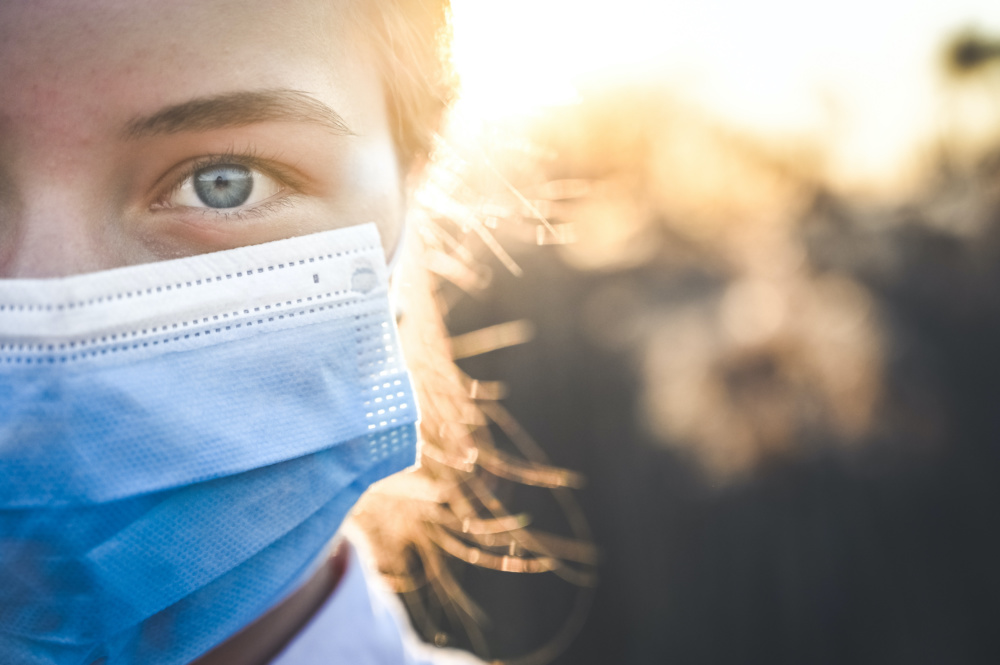
Recent Comments